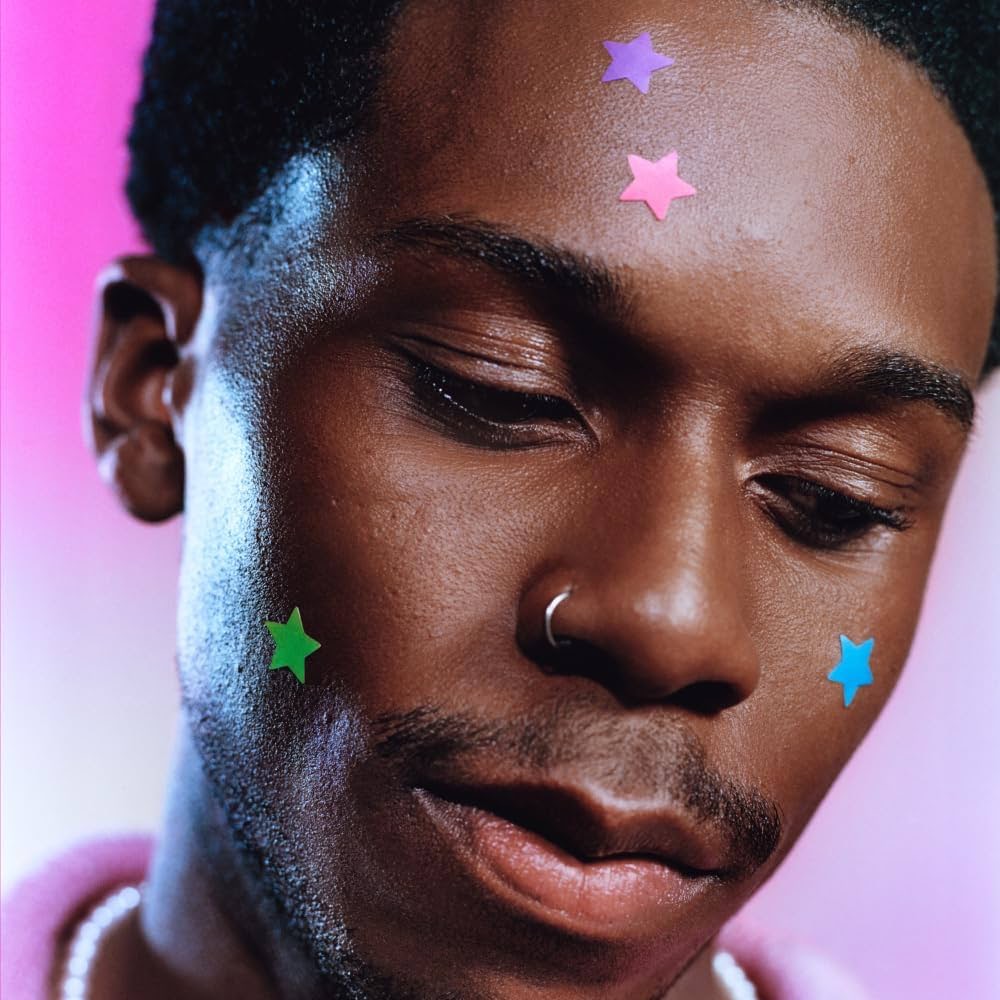The rise of brightly colored, fun-shaped pimple patches has introduced a paradoxical twist to skincare routines. These patches are designed to treat breakouts by absorbing impurities and reducing inflammation. However, their public display highlights an intriguing contradiction: they signal the presence of a breakout while simultaneously concealing it.

Signaling the Breakout
Wearing a pimple patch openly communicates that the wearer has a pimple. This is a significant departure from past practices where skincare routines, especially for treating acne, were kept private. By choosing to display these patches, individuals acknowledge their breakouts to the world. This transparency can be empowering, promoting a message that having acne is normal and nothing to be ashamed of.
Concealing the Pimple
Despite their visibility, the primary function of pimple patches is to cover and treat the pimple. The patch conceals the blemish, hiding its redness and reducing its prominence. This allows the wearer to have more decorated appearance while still addressing their skincare needs.

Vulnerability and Privacy
This dual role creates a fascinating paradox. On one hand, the patches make a statement about self-acceptance and transparency. On the other, they provide a practical solution to conceal and heal the pimple, maintaining an element of privacy. Individuals are vulnerable enough to let the world know they have a pimple but not vulnerable enough to expose the pimple itself. This blend of signaling and concealing highlights a broader cultural shift towards openness about imperfections while still valuing the comfort and agency in choosing the level of exposure.
Modern Take on Historical Beauty Patches
Interestingly, pimple patches can be seen as a modern take on the historical use of beauty patches. In the past, beauty patches were small, decorative patches applied to the face to cover blemishes or scars while also serving as a fashion statement. Today’s pimple patches serve a similar dual purpose: they treat skin imperfections while also being styled as fashion accessories. This historical nod adds another layer of significance to their current popularity, merging practicality with aesthetic appeal.
